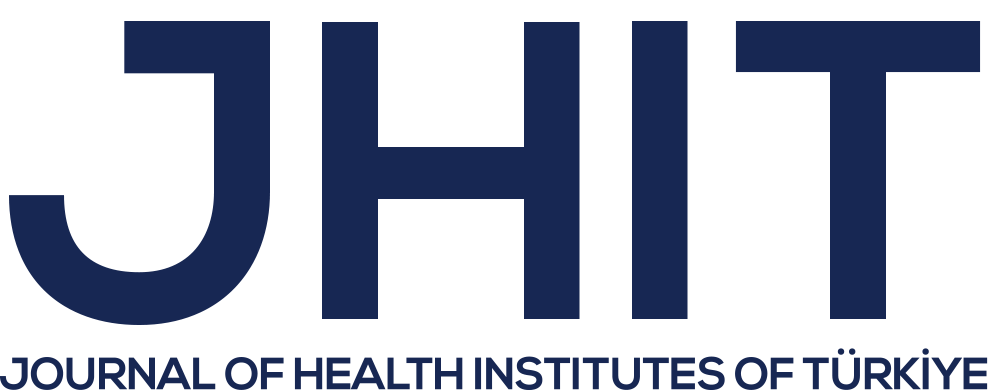ABSTRACT
The pandemic process has shown that even the health systems of developed countries are insufficient to meet the high number of patients demands in a short time and the fragility of the system. This study aims to determine the organizational competencies and employee safety strategies of hospitals by evaluating the current situation of hospitals in case similar situations are encountered with a very high number of infected patients in a short time with the experience gained in line with the COVID-19 outbreak. For this purpose, the Institute for Healthcare Improvement (IHI) used a checklist to identify the strengths and weaknesses of hospitals in terms of employee safety regarding pre-pandemic preparedness and response processes and to assess their current organizational competencies for improvements. This guide was translated into Turkish with the permission of IHI. The data were analyzed using the Statistical Package for the Social Sciences (SPSS) 26.0 program according to frequency and percentages. A total of 755 hospitals voluntarily participated in the study. Of these, 551 were public hospitals, 40 were university hospitals and 164 were private hospitals. The study included criteria such as effective communication, hygiene, personal protective equipment (PPE), human resources management (HRM), stress management and psychological support, working conditions and comfort, and employee safety in different categories. Regarding the level of fulfillment of the criteria in the checklist; 60% yes, 17% no, and 23% blank from public hospitals; 67% yes, 13% no, and 20% blank from university hospitals; 62% yes, 17% no and 21% blank from private hospitals. In the general evaluation, 61% of the participants stated that employee safety was met, 16% stated that it was not, and 23% abstained. In the event of a new pandemic, there is a need to develop new policies, guidelines, quality and accreditation standards to combat and prepare for pandemics to prevent or minimize the negatives experienced by healthcare workers in the COVID-19 pandemic.



